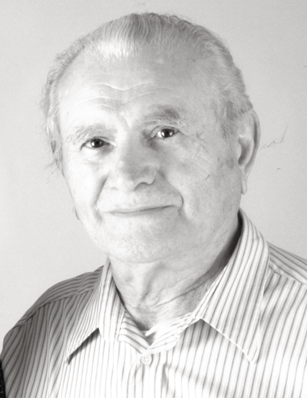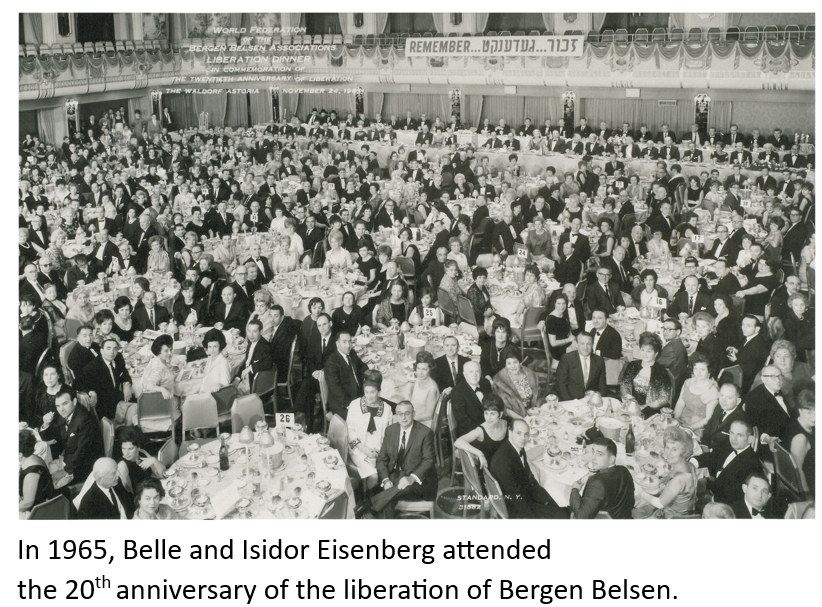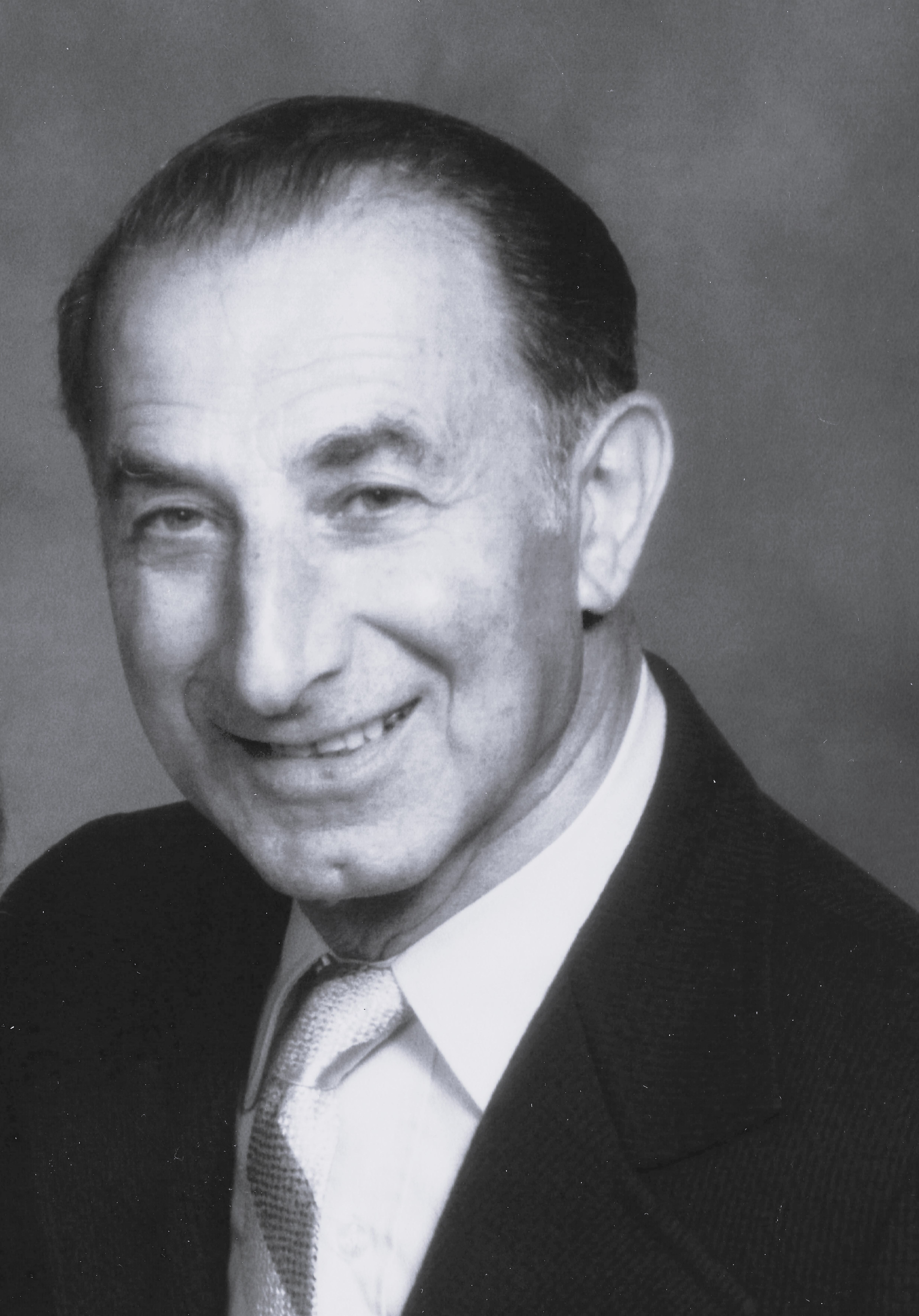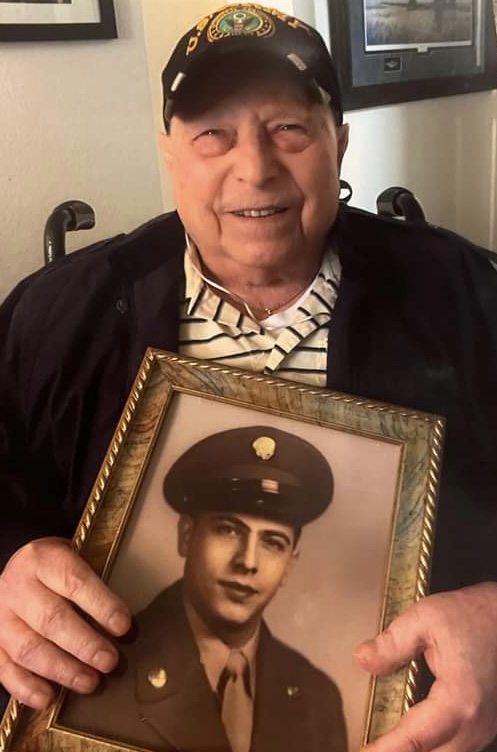Experience: Buchenwald
|
|

|
|
|

|
|
|
|
|
|
|
|
|
|

|
|
|
|
|
|
|

|
|
|
|
|
|

|
|
|
|
|
|
|
|
|
|
|
|
|
|
|
|
|
|
|
|
|
|
|
|
|
|
|
|
|
|
|
|
|
|
|
|
“One of the largest concentration camps in Germany located five miles north of the city of Weimar. Established on July 16, 1937, and liberated on April 11, 1945. During its existence, 238,980 prisoners from 30 countries passed through Buchenwald. Of those, 43,045 were killed, including Soviet prisoners of war.
“Buchenwald was divided into three sections: the "large camp" which housed prisoners of higher standing, the "small camp" where prisoners were kept under restriction and the "tent camp," set up in 1939 for Polish prisoners. In addition, there was an administrative area, SS barracks, camp factories, and 130 satellite camps. Two different commandants ran the camp: SSStandartenfuehrer Karl Koch from 1937-1941, and SS-Oberfuehrer Hermann Pister from 1942-1945.
“The first group of 149 prisoners arrived at Buchenwald in July 1937. They were mostly political prisoners and criminals. Large groups of prisoners quickly followed. By the end of 1937, there were 2,561 prisoners, mostly political. In the spring of 1938 prisoners who were considered “asocial” were brought to the site. The first transports of German Jews also came at that time. By July, there were 7,723 prisoners in Buchenwald. On September 23, 1938, 2,200 Jews arrived from Austria. Following Kristallnacht (November 9-10) an additional 10,000 Jews were imprisoned.
“The Jews were treated very cruelly; they were forced to work 14--15 hours a day, and lived under terrible conditions. At this stage, the Nazis’ goal was to pressure the Jews to leave Germany. At the end of 1938, they released 9,370 Jews from Buchenwald. This was due to pressure from the victim’s family in conjunction with Jewish and International organizations, which had arranged for them to leave the country. During the short time such prisoners were kept at Buchenwald, 600 victims perished.
“After the war broke out, thousands of political enemies were arrested and brought to Buchenwald. The number of Jewish prisoners increased when Jews from Germany and the Protectorate of Bohemia and Moravia were deported to Buchenwald. By September 1939 the camp held 2,700 Jews. Subsequently, thousands of Poles were brought in and held in the “tent camp.”
“On October 17, 1942, the Nazis ordered all Jewish prisoners in the Reich to be transferred to Auschwitz except for 204 workers. However, in 1944 Hungarian Jews were transported in the opposite direction, from Auschwitz to Buchenwald. They stayed a short time in the main camp and were then moved to the satellite camps. Jews were treated far worse than the other prisoners and were subjected to medical experiments. “In 1943 the Germans completed building weapons factories on the site. This swelled the population. At the end of 1944, there were 63,048 prisoners, and by February 1945, 86,232 occupied the camp.
“On January 18, 1945, the Germans began to evacuate Auschwitz and other camps in Eastern Europe. This brought thousands of Jewish prisoners to Buchenwald, including hundreds of children. A special barrack called "Children's Block 66," was set up for them in the tent camp, and most survived.
“An underground movement inclusive of Jews was formed in 1943, called the International Underground Committee. The movement succeeded in undermining some of the work done in the weapons factory and smuggling weapons and ammunition into the camp.
“The Germans began evacuating Jewish prisoners on April 6, 1945. The following day, thousands of other prisoners were also evacuated. Some 25,500 prisoners died during the camp's evacuation. During Buchenwald's last days, resistance members were able to slow down the evacuation. By April 11 most of the SS had fled. The underground members took control of the camp and trapped the remaining SS. On that day 21,000 prisoners were liberated in Buchenwald, including 4,000 Jews and 1,000 children. In 1947, 31 members of the camp staff were brought to trial, as part of the Nuremberg Trials. Two were sentenced to death.”
— National Archives and Records Administration, College Park, Md.; United States Holocaust Memorial Museum
— United States Holocaust Memorial Museum
http://www.ushmm.org/wlc/en/media_ph.php?ModuleId=10005198&MediaId=613
Accessed on July 18, 2011
— American Jewish Joint Distribution Committee
http://www.ushmm.org/wlc/en/media_ph.php?ModuleId=10005198&MediaId=932
Accessed on July 18, 2011
Accessed on July 18, 2011
Accessed on July 18, 2011
— Federation Nationale des Deportes et Internes Resistants et Patriot
http://www.ushmm.org/wlc/en/media_ph.php?ModuleId=10005198&MediaId=648
Accessed on July 18, 2011
— National Archives and Records Administration, College Park, Md
http://www.ushmm.org/wlc/en/media_ph.php?ModuleId=10005198&MediaId=1517
Accessed on July 18, 2011
— Federation Nationale des Deportes et Internes Resistants et Patriots
http://www.ushmm.org/wlc/en/media_ph.php?ModuleId=10005198&MediaId=673
Accessed on July 18, 2011
— National Archives and Records Administration, College Park, Md
http://www.ushmm.org/wlc/en/media_ph.php?ModuleId=10005198&MediaId=1515
http://www.ushmm.org/wlc/en/media_ph.php?ModuleId=10005198&MediaId=1515
Accessed on July 18, 2011
— United States Holocaust Memorial Museum
http://www.ushmm.org/wlc/en/media_ph.php?ModuleId=10005198&MediaId=979
Accessed on July 18, 2011
Contact us
thank you!
Your application is successfuly submited. We will contact you as soon as possible
thank you!
Your application is successfuly submited. Check your inbox for future updates.